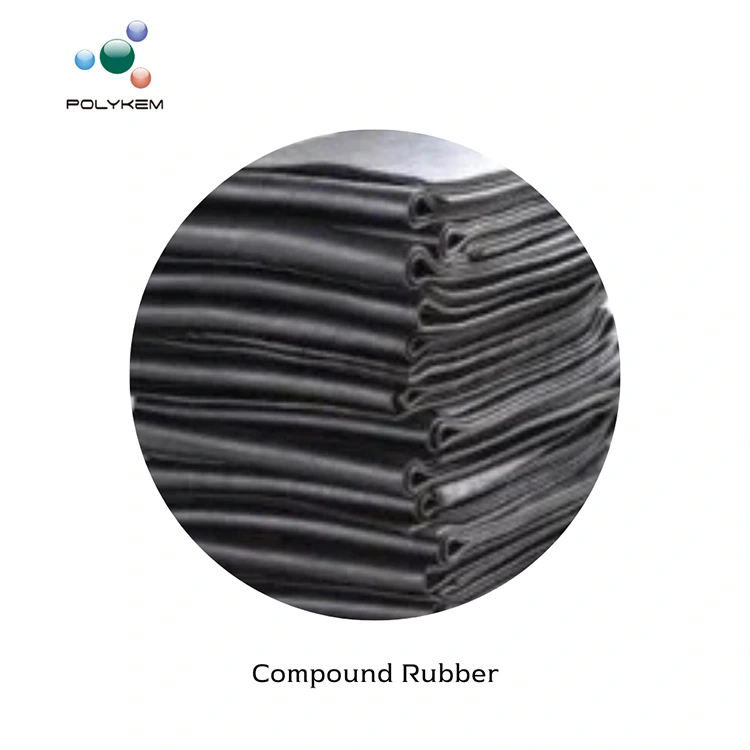Why Is Synthetic Rubber a Game-Changer in Modern Industrial Applications?
2025-08-11
Trending News Headlines: Top Searches on Synthetic Rubber
- "Synthetic Rubber: New Formulas Resistant to Extreme Temperatures"
- "How Synthetic Rubber Is Reducing Automotive Industry Costs"
- "Sustainable Synthetic Rubber: Eco-Friendly Production Methods on the Rise"
These headlines underscore the dynamic nature of synthetic rubber technology, from advancements in material science that enhance durability to the industry’s shift toward more sustainable manufacturing practices. For businesses, staying abreast of these trends is essential to leveraging synthetic rubber’s full potential in their operations.
The Key Advantages of Synthetic Rubber in Industrial Settings
Consistent Quality and Performance
One of the primary benefits of synthetic rubber is its consistent quality. Natural rubber’s properties can vary significantly based on factors like climate, soil conditions, and harvesting methods, leading to inconsistencies in performance. In contrast, synthetic rubber is produced in controlled laboratory environments, using precise chemical formulations. This allows manufacturers to create batches with uniform elasticity, tensile strength, and resistance to wear, ensuring that end products meet strict quality standards. For industries like automotive manufacturing, where even minor variations in rubber components can affect safety and performance, this consistency is invaluable.
Superior Resistance to Harsh Conditions
Synthetic rubber is engineered to withstand a wide range of harsh conditions that would degrade natural rubber. Many types of synthetic rubber exhibit excellent resistance to oils, chemicals, ozone, extreme temperatures, and UV radiation. For example, nitrile rubber (a common synthetic variety) is highly resistant to petroleum-based oils and fuels, making it ideal for use in fuel hoses and gaskets in the automotive and aerospace industries. Neoprene, another synthetic rubber, maintains its flexibility in both high and low temperatures, making it suitable for outdoor applications like weather stripping and industrial seals. This resistance to harsh conditions extends the lifespan of products, reducing maintenance costs and improving reliability.
Versatility Across Applications
Synthetic rubber’s versatility is unmatched, with different formulations designed to meet the specific needs of diverse industries. Whether it’s the flexibility required for medical gloves, the durability needed for heavy-duty tires, or the electrical insulation properties necessary for cables, there is a synthetic rubber variant tailored to the task. For instance, styrene-butadiene rubber (SBR) is widely used in tire production due to its excellent abrasion resistance and low rolling resistance, which improves fuel efficiency. Silicone rubber, on the other hand, is biocompatible and heat-resistant, making it ideal for medical devices and kitchen utensils. This versatility allows businesses to find the perfect material for their unique applications, enhancing product performance and functionality.
Cost-Effectiveness and Supply Stability
Natural rubber supplies are vulnerable to fluctuations due to weather events, political instability in major producing regions, and seasonal variations. These factors can lead to price volatility and supply chain disruptions. Synthetic rubber, however, is produced using raw materials like petroleum by-products, which are more readily available and less susceptible to such fluctuations. This stability in supply helps businesses maintain consistent production schedules and avoid unexpected cost increases. Additionally, synthetic rubber production can be scaled up or down based on demand, allowing for better inventory management and cost control. Over time, the predictability in pricing and supply makes synthetic rubber a cost-effective choice for long-term industrial operations.
Adaptability to Technological Advancements
As industrial technologies evolve, synthetic rubber continues to adapt, thanks to ongoing research and development. New formulations are being created to meet emerging needs, such as increased sustainability, improved performance in electric vehicles, and enhanced biocompatibility for medical applications. For example, bio-based synthetic rubbers, made from renewable resources, are gaining traction as industries seek to reduce their carbon footprint. Similarly, self-healing synthetic rubbers are being developed to extend the lifespan of products by repairing small cracks and damage automatically. This adaptability ensures that synthetic rubber will remain a vital material in the face of changing industrial demands.
Our Synthetic Rubber Product Specifications
|
Product Type
|
Styrene-Butadiene Rubber (SBR 1502)
|
Nitrile Rubber (NBR 3305)
|
EPDM Rubber (EPDM 4770)
|
|
Monomer Composition
|
23.5% Styrene, 76.5% Butadiene
|
33% Acrylonitrile, 67% Butadiene
|
Ethylene, Propylene, Diene Monomer
|
|
Mooney Viscosity (ML 1+4 @ 100°C)
|
52 ± 5
|
50 ± 5
|
70 ± 5
|
|
Tensile Strength (MPa)
|
≥ 18
|
≥ 20
|
≥ 10
|
|
Elongation at Break (%)
|
≥ 500
|
≥ 400
|
≥ 300
|
|
Hardness (Shore A)
|
60 ± 5
|
70 ± 5
|
65 ± 5
|
|
Service Temperature Range
|
-50°C to +100°C
|
-40°C to +120°C
|
-40°C to +150°C
|
|
Resistance Properties
|
Good abrasion and aging resistance
|
Excellent oil, fuel, and chemical resistance
|
Superior ozone, weather, and heat resistance
|
|
Main Applications
|
Tire treads, conveyor belts, footwear
|
Fuel hoses, gaskets, oil seals
|
Automotive weather stripping, roofing membranes, electrical insulation
|
|
Packaging
|
25 kg/bale, wrapped in polyethylene film
|
25 kg/bale, wrapped in polyethylene film
|
25 kg/bale, wrapped in polyethylene film
|
|
Storage Life
|
12 months in cool, dry conditions
|
12 months in cool, dry conditions
|
18 months in cool, dry conditions
|
All our synthetic rubber products undergo rigorous testing to ensure they meet international quality standards, including ISO 9001 certification. We also offer custom formulations to meet specific customer requirements, whether it’s adjusting hardness, improving resistance to certain chemicals, or enhancing flexibility for unique applications.
FAQ: Common Questions About Synthetic Rubber
